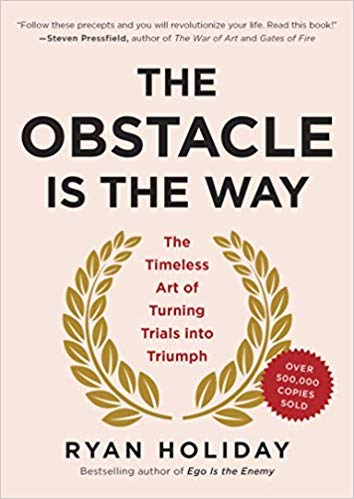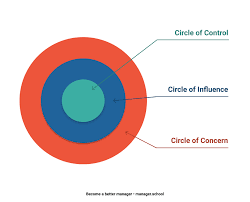
The Obstacle is the Way – Ryan Holliday
“The Obstacle Is the Way” by Ryan Holiday is a modern interpretation of Stoic philosophy, particularly focusing on how to overcome challenges and turn them into opportunities. The book draws heavily from the teachings of ancient Stoic philosophers like Marcus Aurelius, Epictetus, and Seneca.
Key points of the book include:
- Perception: How we view obstacles is crucial. By reframing challenges as opportunities for growth and learning, we can approach them more effectively.
- Action: Taking deliberate, persistent action is essential. The book emphasizes the importance of focus, creativity, and perseverance in tackling obstacles.
- Will: Developing inner resilience and discipline allows us to endure difficulties and maintain perspective in the face of adversity.
The underlying Stoic philosophy emphasizes virtues such as wisdom, justice, courage, and self-control. It teaches that while we cannot control external events, we can control our reactions to them. This philosophy advocates for emotional regulation, rational thinking, and focusing on what is within our power to change.
In today’s society, these methods are particularly relevant due to:
- Information overload and constant distractions, which make the Stoic emphasis on focus and prioritization valuable.
- Increasing uncertainty in various aspects of life (economic, political, environmental), where the Stoic approach of accepting what we cannot control can reduce anxiety.
- A culture of instant gratification, contrasting with the Stoic emphasis on long-term thinking and delayed gratification.
- The prevalence of victim mentality, which Stoicism counters by promoting personal responsibility and proactive problem-solving.
- High stress levels in modern life, where Stoic practices of mindfulness and emotional regulation can be beneficial.
By applying these principles, individuals can develop greater resilience, clarity of purpose, and effectiveness in navigating the complexities of modern life.
Having already been a student of stoic philosophy this book was treading over well worn ground but I appreciated what he we trying to do here. I found the tone a bit much – I get the target audience he was trying to reach here but it wasn’t too overbearing. There were some insights I found useful as reminders of stoic approaches that perhaps I hadn’t been using yet.
One of the things he focuses on is accepting what we cannot control – something that I feel very strongly about. Here’s a quick graphic showing the concept:

As you can see – there are things you can control which is where you should spend most of your mental and emotional energy – after all they are things you can resolve directly. The things you can influence are important (outside of a true leadership or political role) for a small group (in my case my children) where I want to spend the time to influence them but I don’t control them. All the things in the circle of concern? It’s fine to understand them but since you can’t control or influence them spending a lot of time and anxiety worrying about them is a colossal waste of time. I’m not saying you shouldn’t give to a worthy cause or work to improve the world but if the efforts don’t fall in the first two rings – is it a good use of your time?